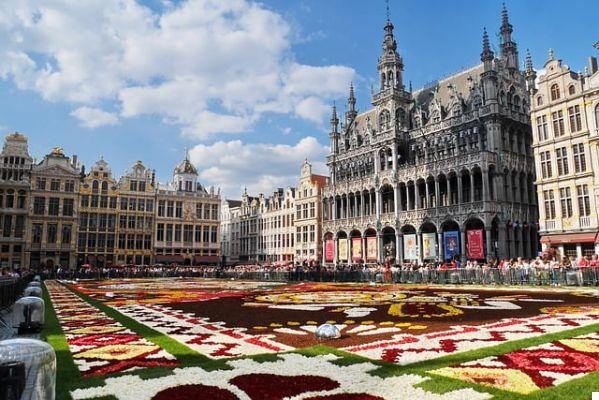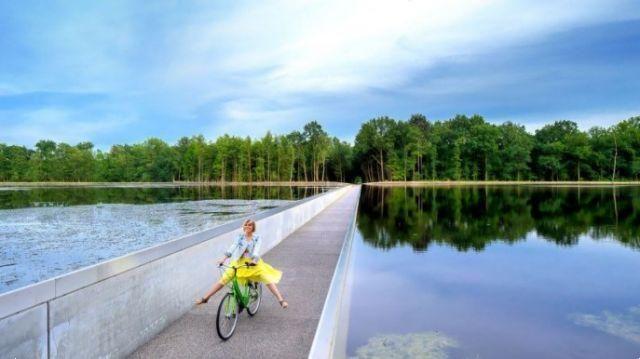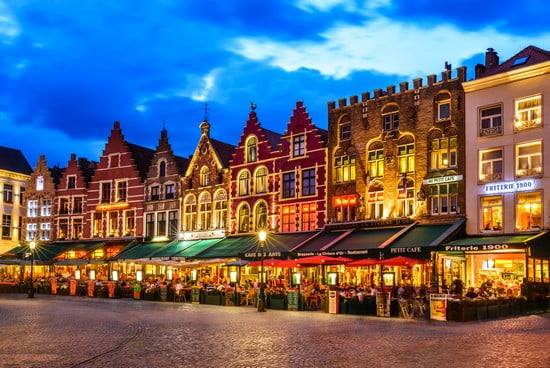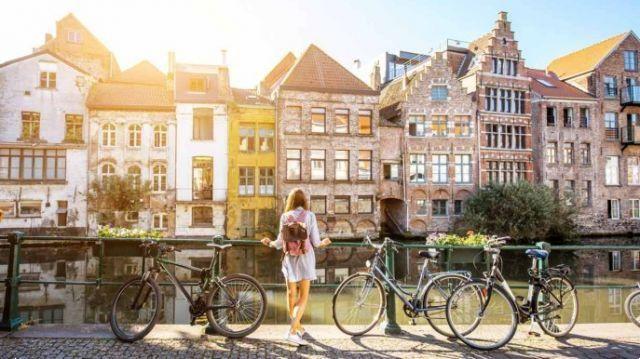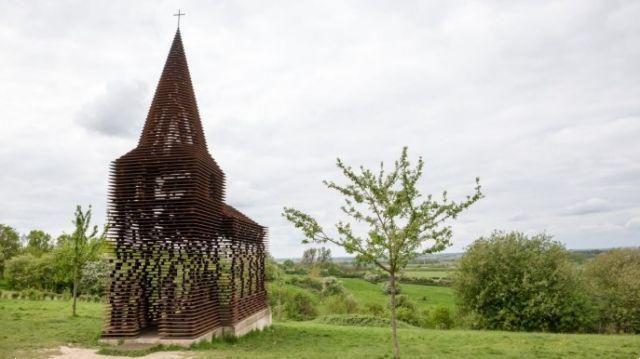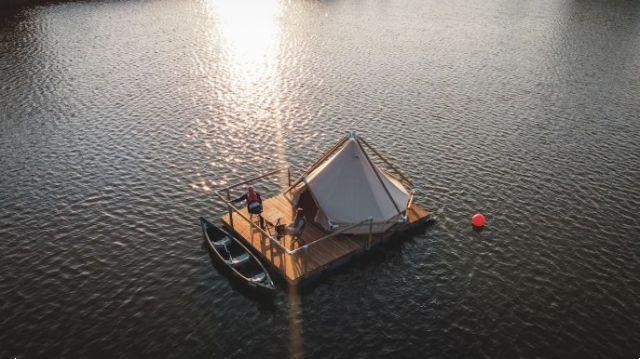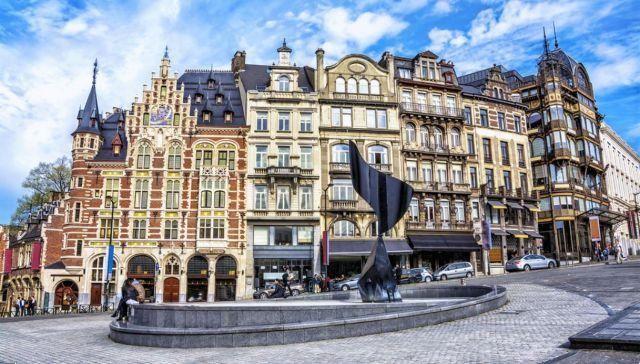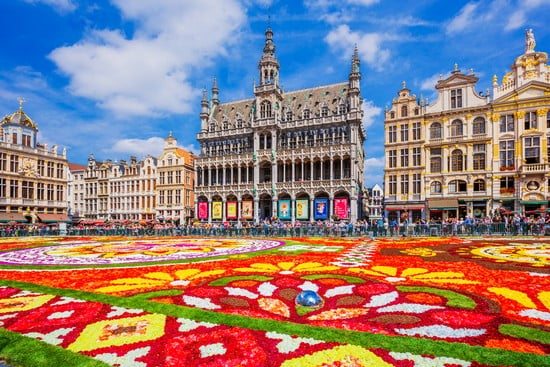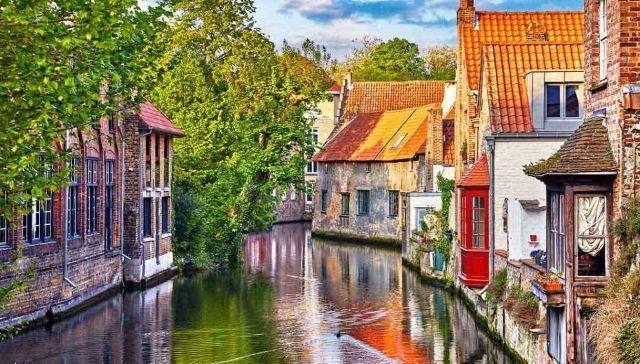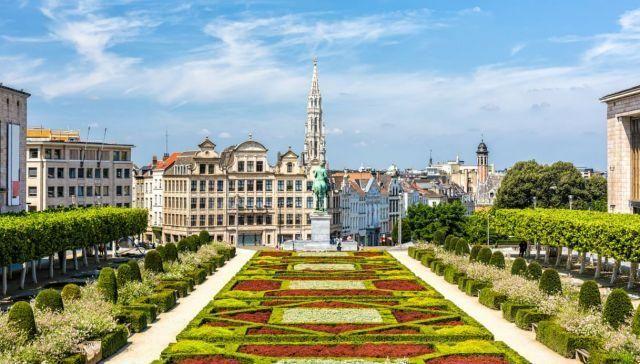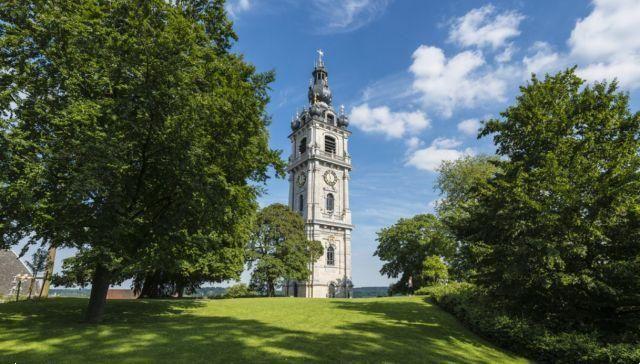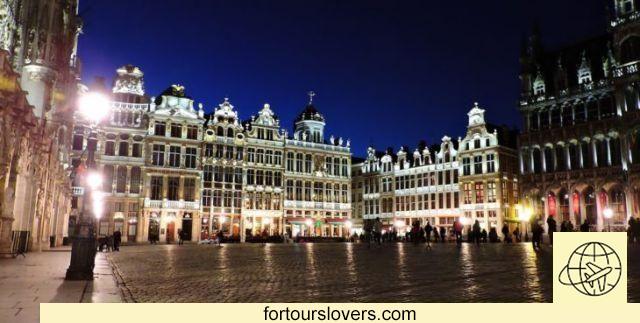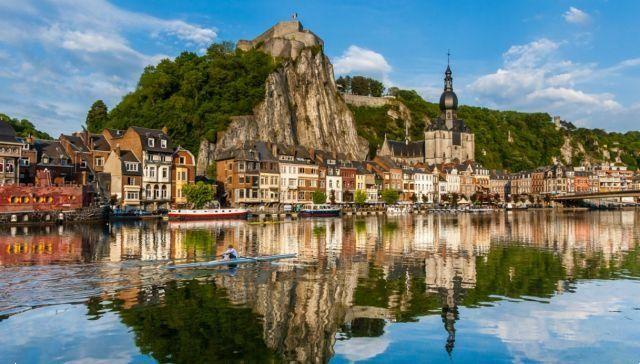 What to see in Waterloo, in central Belgium, a charming city that is inextricably linked to the battle that decreed Napoleon's defeat in 1815.
What to see in Waterloo, in central Belgium, a charming city that is inextricably linked to the battle that decreed Napoleon's defeat in 1815.
Waterloo, IN Central Belgium, is a charming city of 25.000 inhabitants whose name is linked to the battle of 18 June 1815 when Napoleon Bonaparte's army was definitively defeated by the armies of the Duke of Wellington and Gebhard Leberecht von Blücher. The battle of Waterloo was fought near today's city, to be precise in the hamlet of Mont St. Jean, about 4 kilometers from the city center, and due to its historical-cultural importance the entire area has been transformed into a large historical park.
Although little known, the history of Waterloo is much older and traces its origins back to the 400th century, when it was first mentioned in a document establishing the boundaries of the surrounding woodland. The town of Waterloo remained for almost XNUMX years just a small town in Walloon Brabant near Brussels, but during the XNUMXth century it grew in importance thanks to trade and the town expanded, providing itself with new churches and monuments.
During the years of the French Revolution, the whole of Belgium experienced a period of turmoil against the government of the German Empire which culminated with the annexation to Revolutionary France in 1794 and the wave of this great history reached Waterloo in full. As chance would have it, the last battle was fought precisely in this small town Napoleon Bonaparte and the forces of the VII coalition, transforming it forever into the city of battle. In this guide we will discover the most interesting destinations and attractions not to be missed on a trip to Waterloo in the footsteps of Napoleon and Wellington.
Before reaching the battlefield area it is worth taking a few hours to explore Waterloo and its evocative landscape Old Town, a reality with a typical Northern European appearance with low terraced buildings on red brick pavements. The main road axis that divides the center of Waterloo in two is the Chaussée de Bruxelles, the road that heads north to the capital of Belgium and which here in the city is the favorite walk for shopping lovers or those looking for of a memory of the trip.
The monument that stands out above all the low buildings in the center of Waterloo is the majestic one Saint-Joseph church, a structure in elegant neoclassical style which took the place of the ancient city church at the end of the eighteenth century. In 1965, exactly 150 years after the Battle of Waterloo, it underwent a major restoration. The church is deeply linked to the memory of the war events of 1815, and many relics found on the battlefield are still preserved inside. On the upper floor of the main building you can also visit the Waterloo Civic Museum which allows you to learn in depth about the most ancient history of this city.
Also in the historic center of Waterloo you can visit the Wellington Museum, dedicated to Arthur Wellesley, the general of the British-Prussian side of the battle. The museum allows you to know every detail of this famous character and to observe a large number of artefacts found on the battlefield, works of art and models from the Battle of Waterloo. One of the most interesting rooms is that of Wellington's room, which preserves the original furniture used by the general in this building on the day before the clash with Napoleon Bonaparte.
Before continuing towards the battlefield it is a good idea to stop at one of the numerous kiosks that sell delicacies such as waffles, a Belgian version of waffles, French fries of all kinds and excellent abbey beers.
As soon as you leave the town of Waterloo you begin to glimpse the Monte del Leone, the large artificial hill built in 1826 by the Belgian government as a memorial to the Battle of Waterloo, on the spot where the sovereign Willem II was hit and unhorsed in the heat of the battle. Access to the monument is subject to a fee and only after climbing a steep and long staircase can you admire a spectacular panorama over the entire battlefield, which has remained substantially in the same conditions as in 1815.
At the base of the hill is the so-called Panorama, the large structure built at the beginning of the twentieth century where you can admire a 360° fresco that retraces every moment of the Battle of Waterloo. Inside the structure, documentaries and films narrating the events of the Napoleonic wars and what happened in Belgium in 1815 are also shown for visitors.
The entire battlefield has been equipped with 5 panoramic observation points which allow visitors to admire the most important places in the area by following the same movements of Napoleon and Wellington, in the most important moments of the battle and through a rich array of educational panels discover the secrets of the military strategies of both sides.
To visit, however, one of the monuments linked to the French memory of the battle you need to head about a kilometer and a half south of the Lion hill and thus reach theWounded Eagle, located in the place where members of Napoleon's Old Guard prepared for their last defence. A short distance from the Waterloo battlefield, precisely in the center of Mont-Saint-Jean, you can see the monument erected in memory of Victor Hugo, who visited this place in Belgium in 1860 to complete Les Miserables.
To experience the moment of maximum splendor of this site in Walloon Brabant you can visit it on 18 June, when they are re-enacted by local historical groups in period clothing the highlights of the Waterloo clash and you can see firsthand the bright liveries of the soldiers, listen to the war fanfares and witness a large 1:1 scale simulation.




